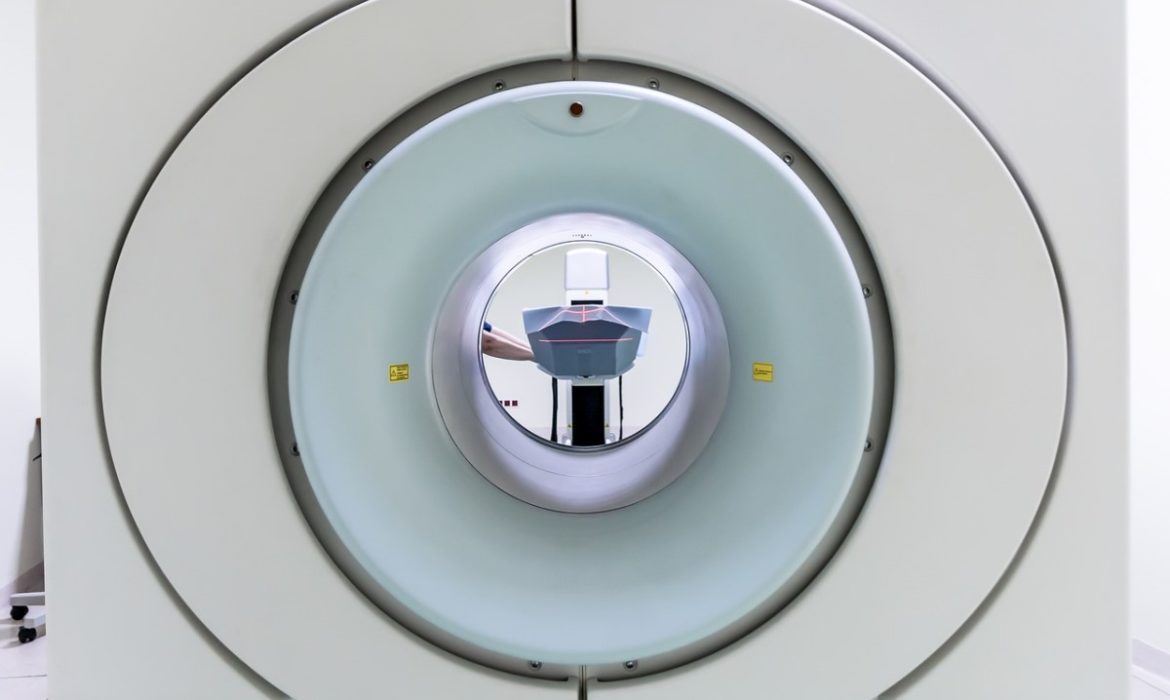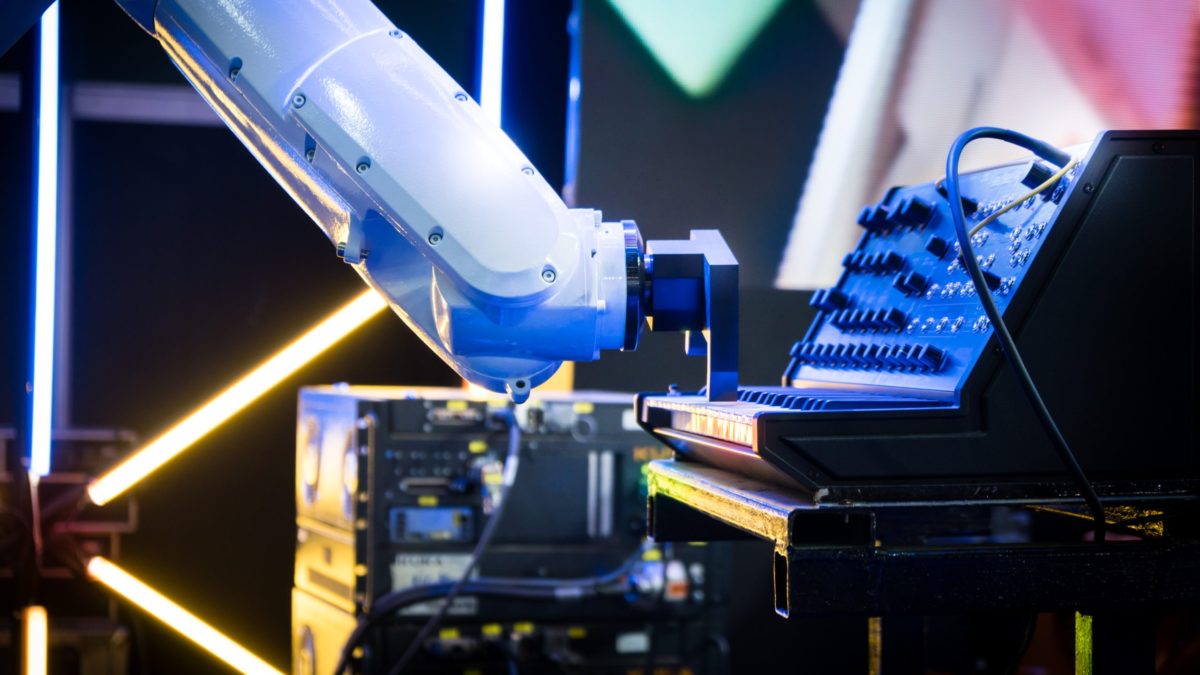If you have had an MRI scan before, then that means you know how unsettling the experience can be. You will lie in a claustrophobia-inducing tube. You must also stay completely still for up to an hour while unseen hardware, thumps, whirs, and creaks around you like a medical poltergeist. Nevertheless, new research suggests that artificial intelligence can help with the predicament by making MRI scans four times faster, getting patients out and in of the tube quicker.
The work is a collaborative project, called fast MRI between radiologists, at NYU Langone Health and FAIR (Facebook’s AI research team). Together, the scientists trained a machine learning model on pairs of high-resolution and low-resolution MRI scans. They use that model to ’predict’ what the final MRI scans look like from just a quarter of the usual input data. That means scans can be done faster, meaning less struggle for patients and quicker diagnoses.
Nafissa Yakubova is a visiting biomedical artificial intelligence researcher at FAIR who worked on the project. She told The Verge that it is a major steppingstone to incorporating artificial intelligence into medical imaging.
Artificial intelligence can be used to produce the same scans from fewer data. The reason behind this is that the neural network has essentially learned an abstract idea of what medical scans looks like by examining the training data. Then, it uses this to make a forecast concerning the final output. Think of it like an architect who has designed lots of banks over the years. They have an abstract image of what a bank looks like. From this, they can create a final blueprint faster.
MRI
Dan Sodickson is a professor of radiology at NYU Langone Health. He told the Verge that the neural nets know the overall structure of the medical image. He added that, in some ways, what they are doing is filling in what is unique concerning that patient’s scan based on the data.

The fast MRI team has been working on this problem for years. Nevertheless, today they are publishing a clinical study in the American Journal of Roentgenology, where they say they proved the reliability of their method. The study asked radiologists to make diagnoses on both artificial intelligence-enhanced scans and MRI scans of patients’ knees. The study reports that when faced with both artificial intelligence and traditional scans, doctors made the same assessments.
Sodickson said that the keyword here on which trust can be based on interchangeability. Moreover, he added that they are not looking at some quantitative metrics based on image quality. They are saying that radiologists make the same diagnoses. Furthermore, they find the same problems and they miss nothing.
Thus, the concept is fundamental. Machine learning models are usually used to create high-resolution data from low-resolution input. Nevertheless, the process can often introduce errors. Artificial intelligence, for example, can be used to upscale low-resolution imagery from old video games. However, humans must check the output to make sure it matches the input. The idea of artificial intelligence ‘imagining’ an incorrect MRI scan is worrying.
















